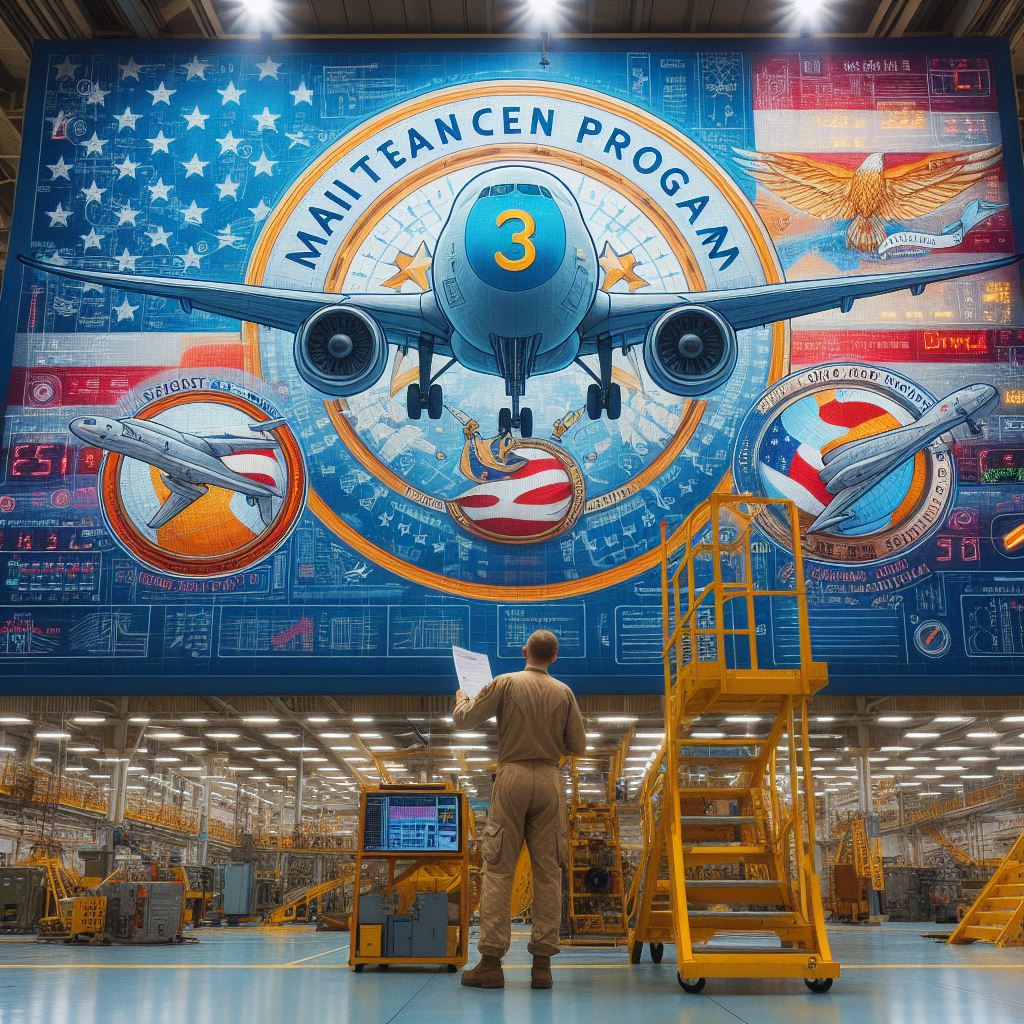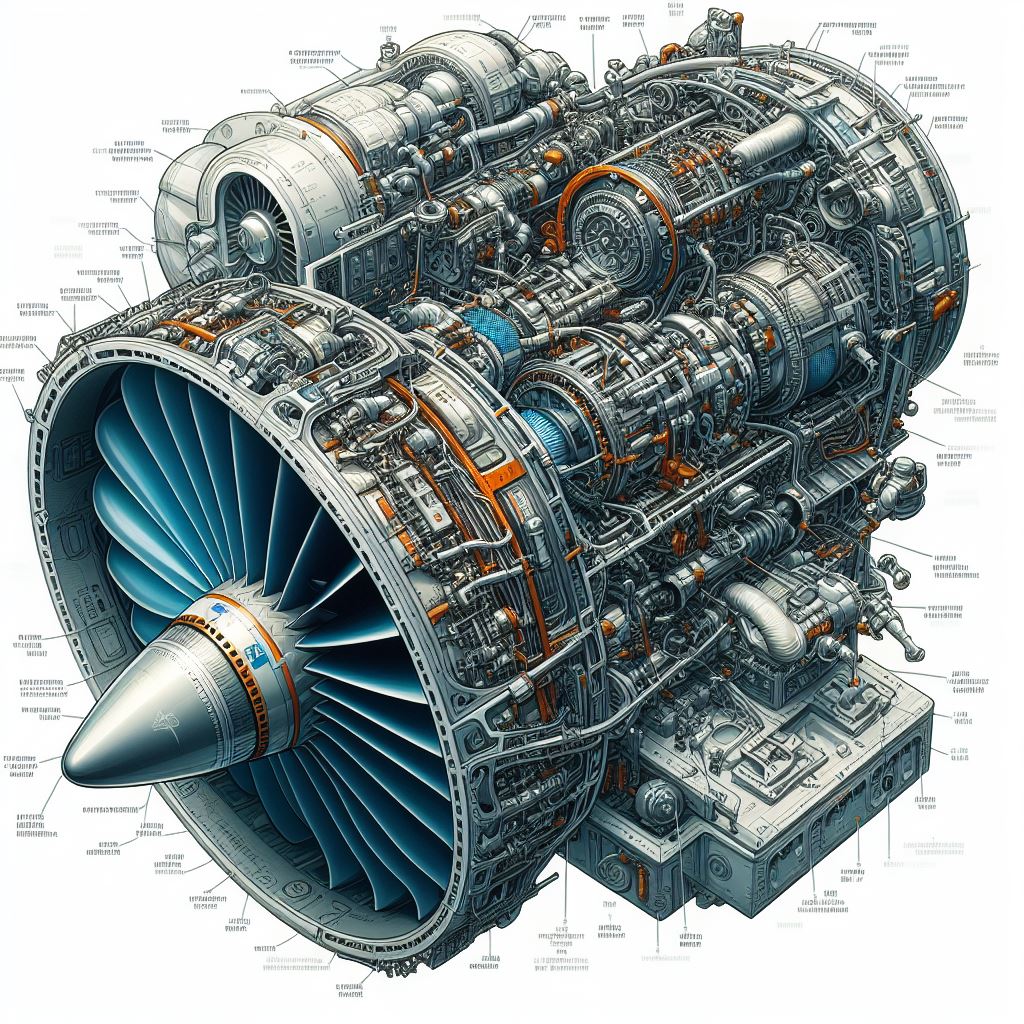In the realm of aircraft maintenance, understanding the evolution from MSG to MSG-3 (Maintenance Steering Group) is vital for comprehending the dynamic strategies employed in ensuring aircraft safety and reliability. This transition marks a shift from traditional system-oriented approaches to more task-oriented methodologies, significantly impacting maintenance processes and procedures.
The MSG Era:
MSG, initially introduced as MSG-1, had a brief stint, primarily limited to the Boeing 747-100. Subsequently, MSG-2 became the standard for all subsequent aircraft. It embraced a bottom-up approach, focusing on individual components within a system, such as sensors, switches, valves, and pumps. This methodical approach involved meticulous scrutiny of each component to ascertain its integrity and functionality.
Transition to MSG-3:
The advent of MSG-3 marked a paradigm shift in maintenance philosophy, transitioning from system-oriented to task-oriented strategies. Unlike its predecessor, MSG-3 prioritized system integrity over individual component analysis. This shift entailed evaluating the operational functionality of the system as a whole, emphasizing checks from a control perspective to ensure proper system operation.
Distinguishing Features:
MSG-2 was characterized by distinct maintenance activities, namely hard time and on-condition maintenance. Hard time involved assigning a predetermined lifespan to components, while on-condition maintenance relied on monitoring component integrity until failure, supplemented by periodic inspections.
Condition Monitored Components:
Certain components, deemed condition monitored, were subjected to passive observation without active intervention until failure occurred. While this approach was feasible for some components, such as redundant air conditioning valves, it posed limitations for critical components like engines, which necessitated proactive maintenance interventions.
The MSG-3 Paradigm:
Under MSG-3, the emphasis on hard time maintenance persisted, albeit with a notable reduction in the number of components subject to such restrictions. Instead, the focus shifted towards on-condition maintenance, aligning with the concept of component reliability and performance monitoring.
Zonal Inspection Program:
A pivotal aspect introduced by MSG-3 was the implementation of a zonal inspection program, encompassing structural sampling and corrosion protection measures. This holistic approach aimed to enhance aircraft reliability and integrity by addressing structural vulnerabilities and corrosion risks.
Challenges and Lessons Learned:
Despite the advancements heralded by MSG-3, challenges persist in ensuring effective implementation and adherence to maintenance standards. The tragic incidents involving TWA Flight 800 and Swissair MD-11 underscored the critical importance of robust inspection procedures and maintenance vigilance.
Regulatory Imperatives:
While regulatory authorities play a crucial role in setting maintenance standards, challenges persist in ensuring comprehensive compliance. The absence of mandated inspection training raises concerns regarding the efficacy of maintenance practices and regulatory oversight.
Navigating the Future:
As the aviation industry grapples with evolving maintenance paradigms and regulatory frameworks, a concerted effort is required to uphold safety and reliability standards. Empowering maintenance personnel with comprehensive training and fostering a culture of accountability are imperative for navigating future challenges.
In essence, the transition from MSG to MSG-3 epitomizes the aviation industry's commitment to enhancing maintenance efficacy and aircraft safety. By embracing task-oriented methodologies and prioritizing system integrity, aviation stakeholders can chart a course towards a safer and more resilient future.


